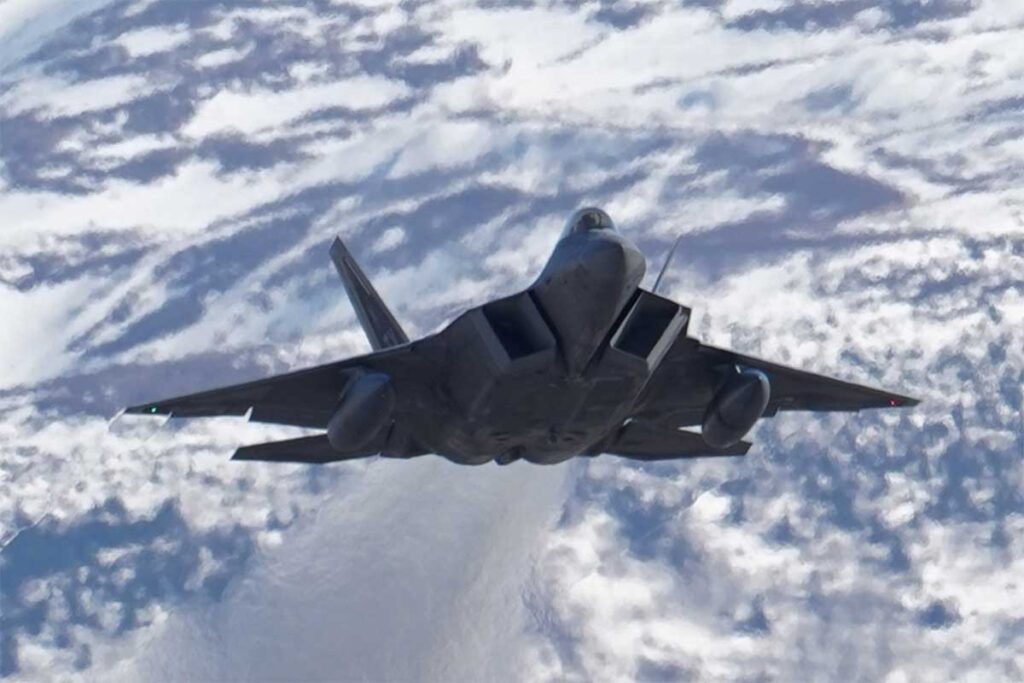 The recent incident in which the US Air Force shot down an unidentified flying object in Alaska highlights the critical importance of military strategy in responding to potential threats. Military assessments indicate that the object was not a commercial or military aircraft, and its origins remain a mystery. This incident serves as a powerful reminder of the need for military leaders to remain vigilant and prepared to respond to unexpected events.
The recent incident in which the US Air Force shot down an unidentified flying object in Alaska highlights the critical importance of military strategy in responding to potential threats. Military assessments indicate that the object was not a commercial or military aircraft, and its origins remain a mystery. This incident serves as a powerful reminder of the need for military leaders to remain vigilant and prepared to respond to unexpected events.
The ability to respond quickly and effectively to potential threats is a key component of military strategy. In this case, the US Air Force was able to quickly identify and neutralize the potential threat, preventing any harm to American personnel or infrastructure.
However, military assessments also indicate that this incident may represent a new type of threat, one that cannot be easily identified or classified. Asymmetrical warfare, cyberattacks, and other non-traditional threats require military leaders to be adaptable and prepared to respond to a wide range of potential scenarios.
In response to this incident, military leaders must conduct a thorough investigation to determine the origins and intentions of the unidentified flying object. This will require close collaboration with other agencies and international partners, as well as the use of advanced technologies and techniques.
At the same time, military leaders must continue to invest in cutting-edge technologies and training programs to ensure that their forces remain ready to respond to any potential threats. This may include the development of new weapons systems, enhanced surveillance capabilities, and improved communication and coordination among military units.
Ultimately, the incident in Alaska underscores the critical importance of military strategy in responding to potential threats. By remaining vigilant and adaptable, military leaders can ensure that their forces are always prepared to face whatever challenges may arise. Whether dealing with traditional military threats or non-traditional asymmetric threats, the ability to respond quickly and effectively is essential to ensuring the safety and security of American personnel and infrastructure.